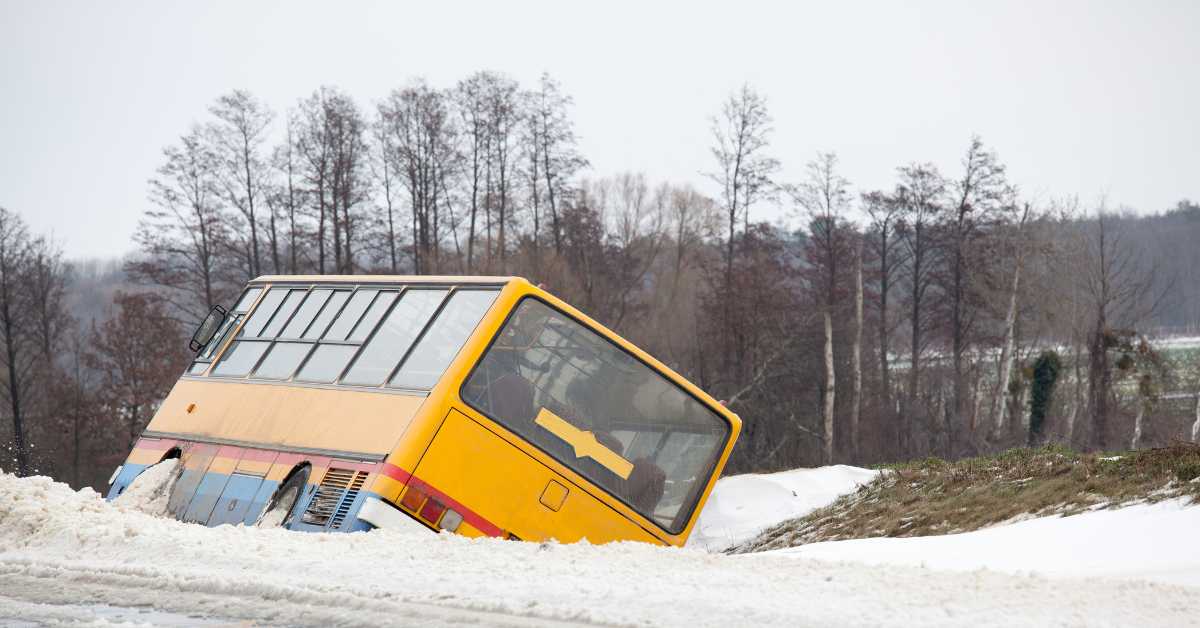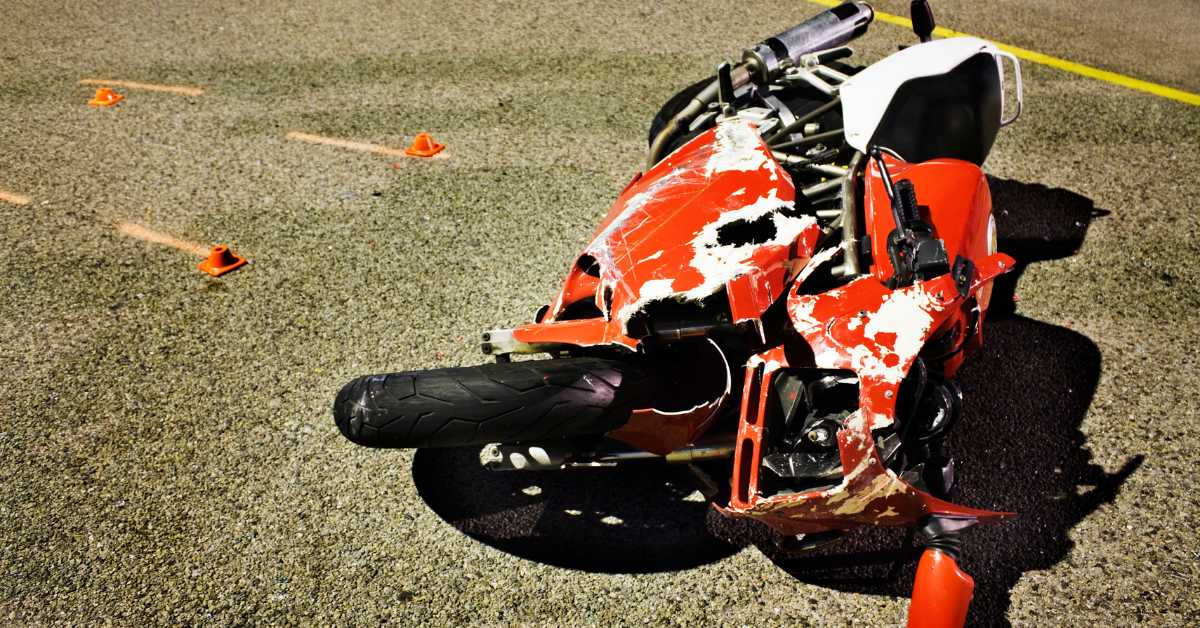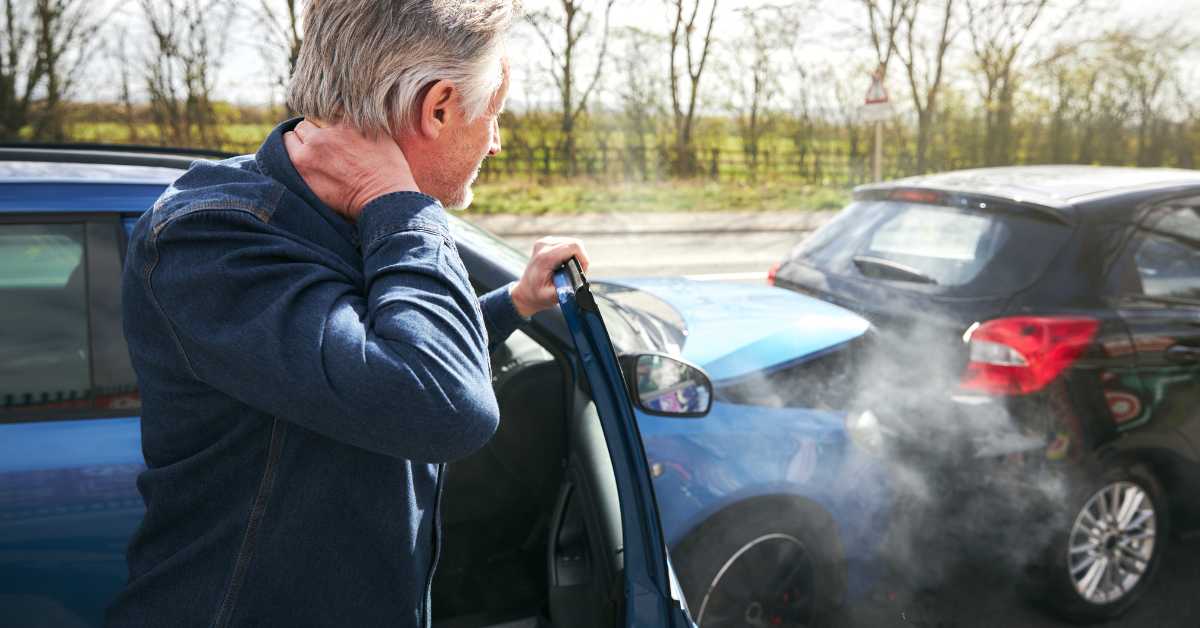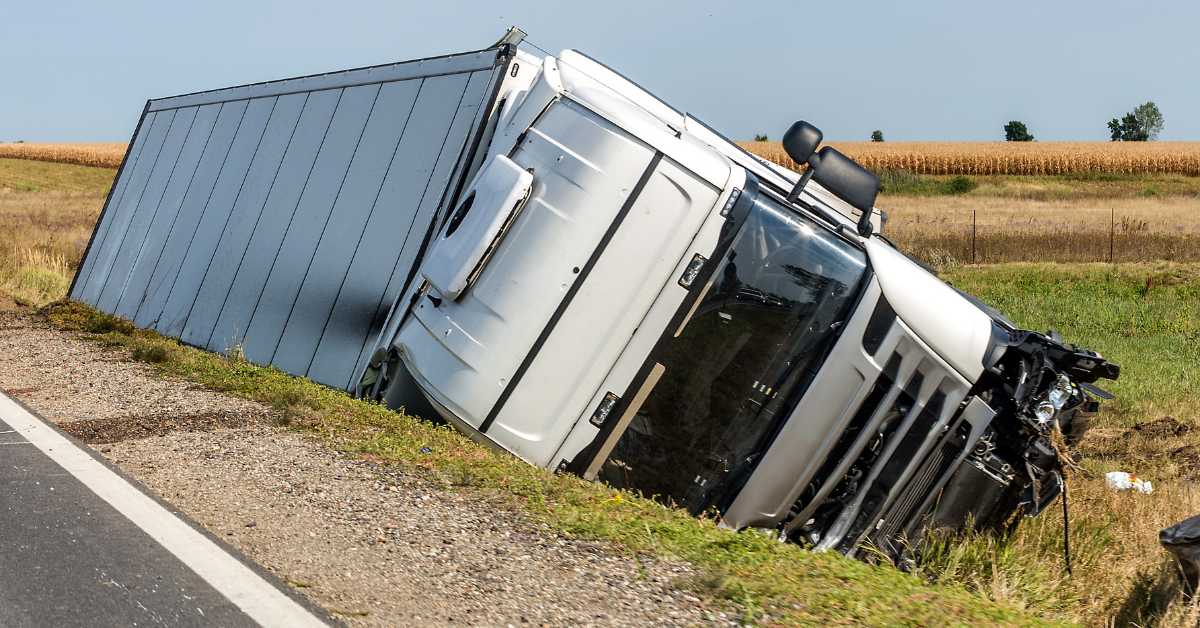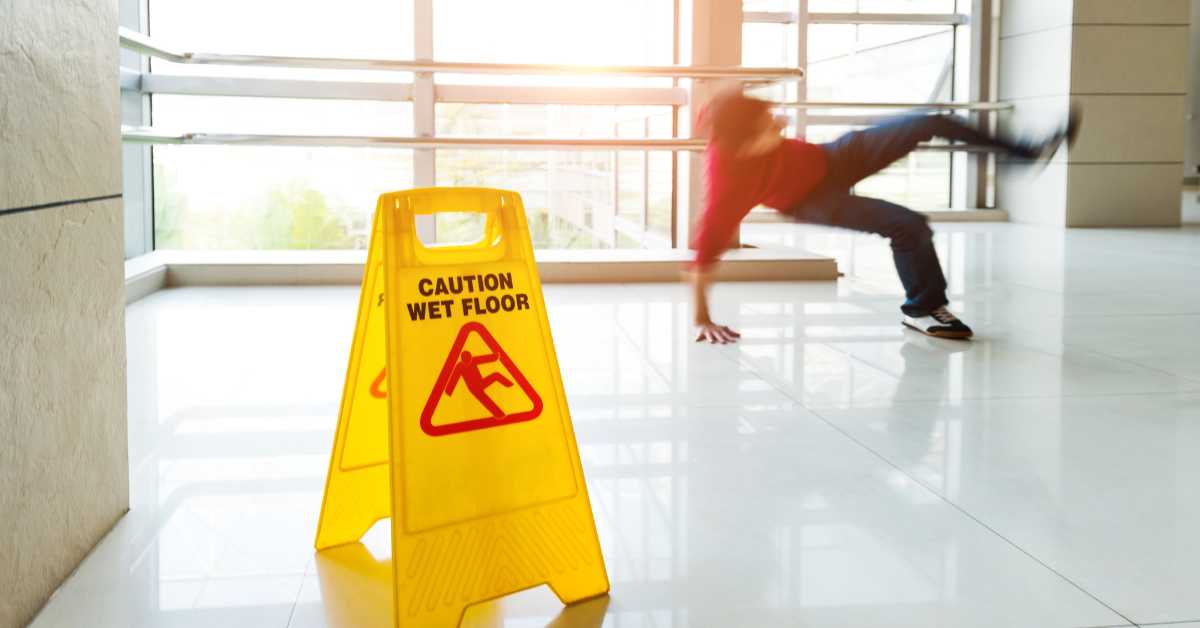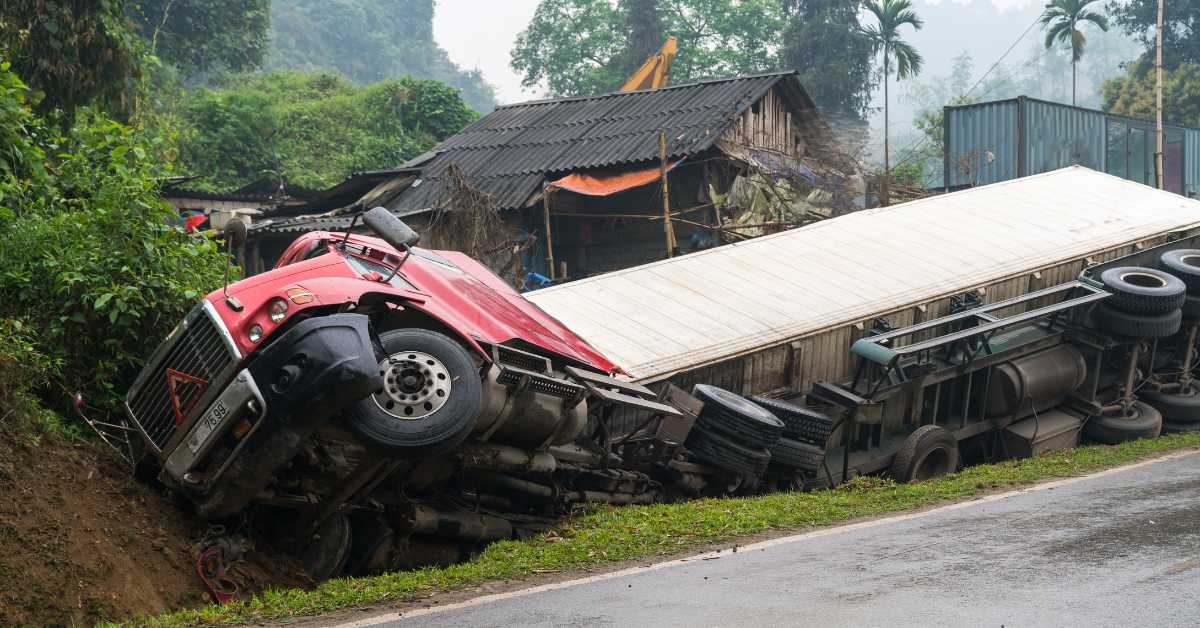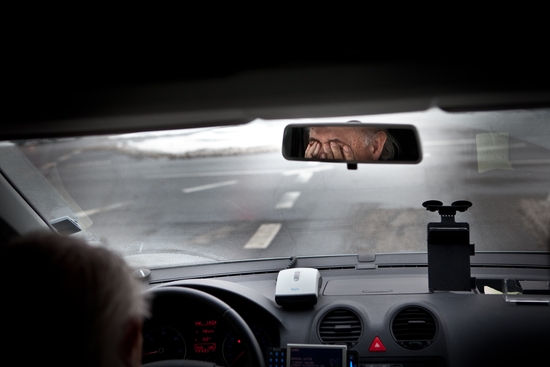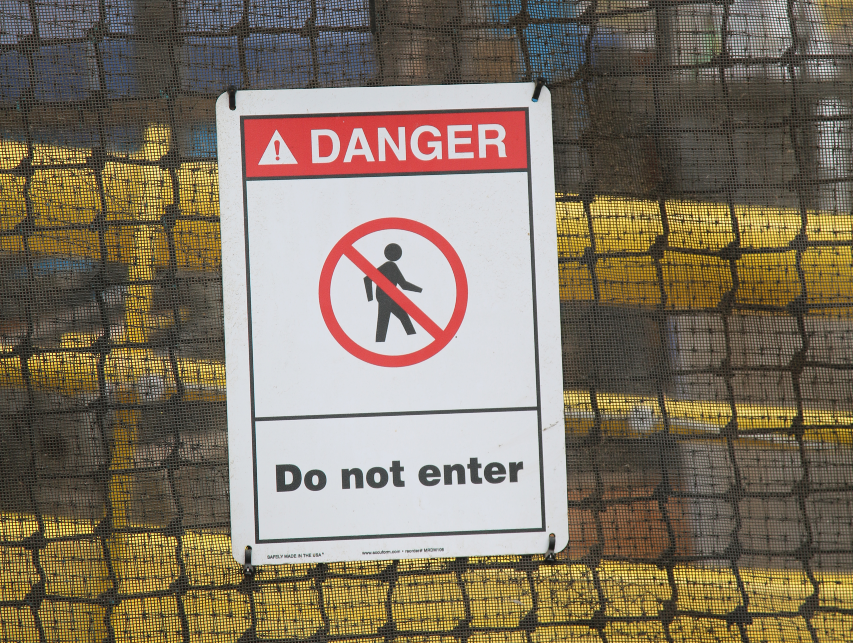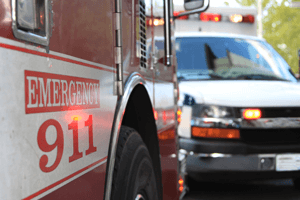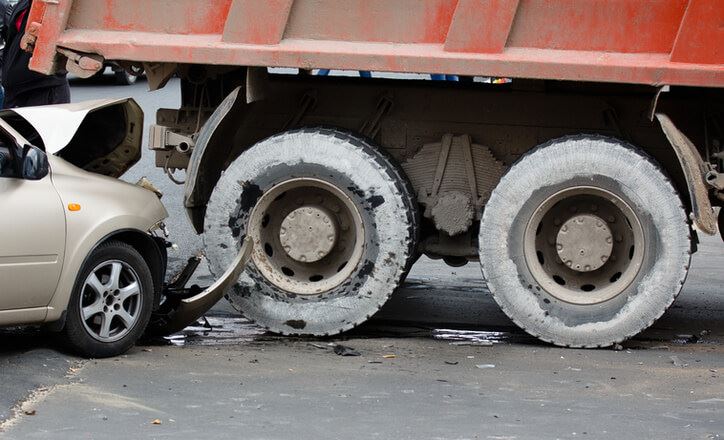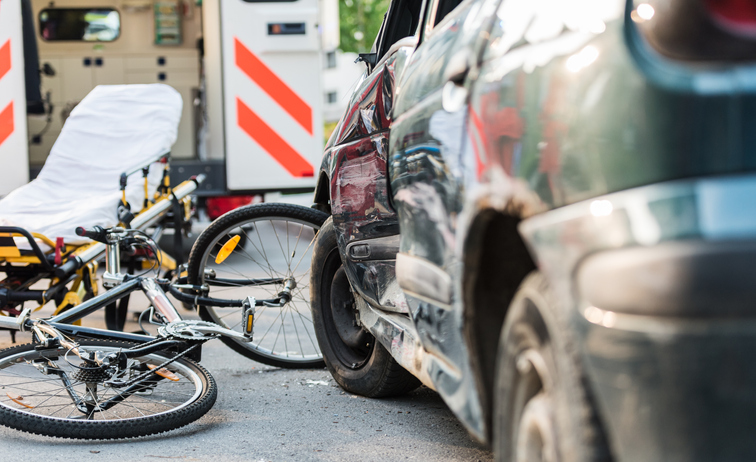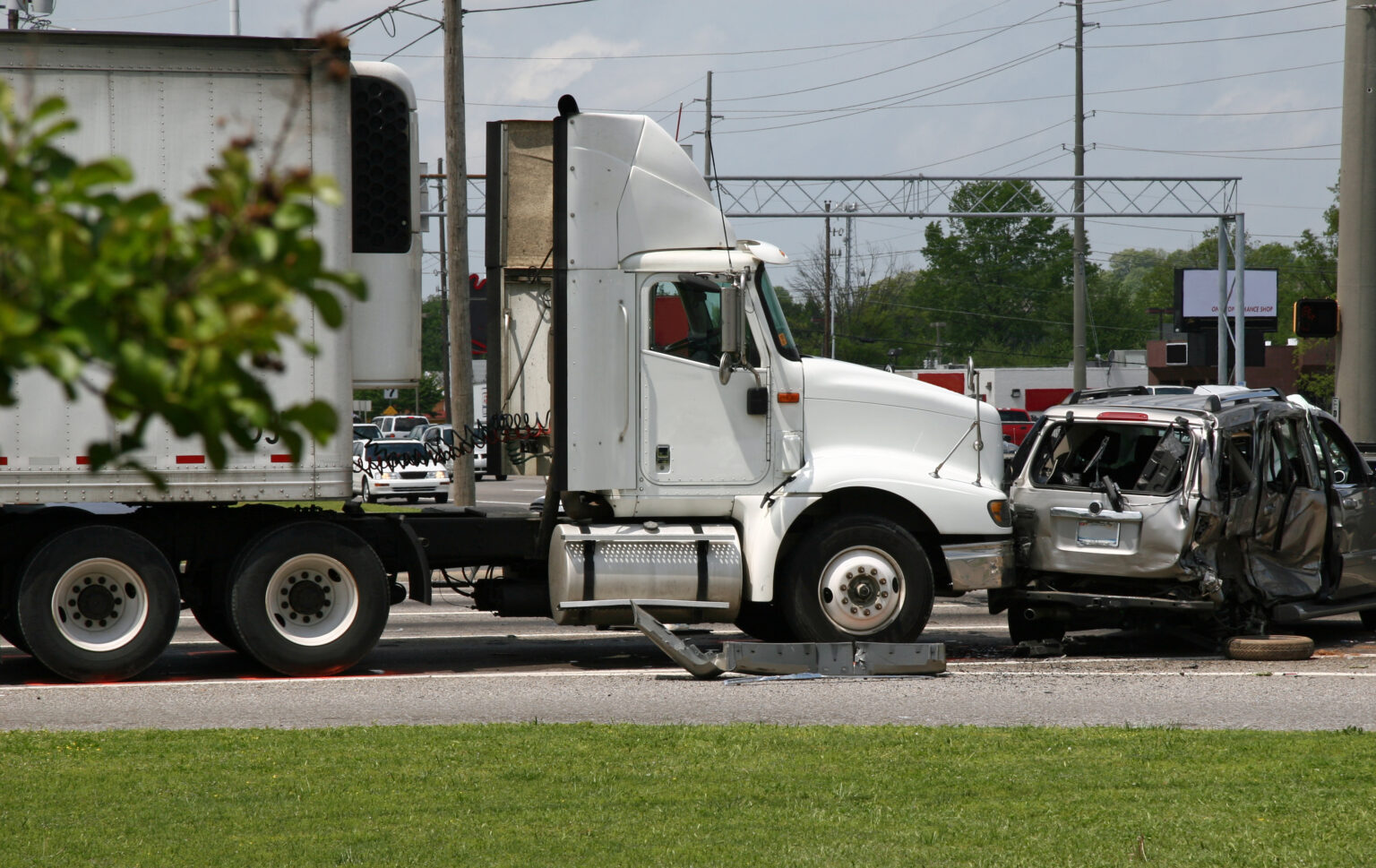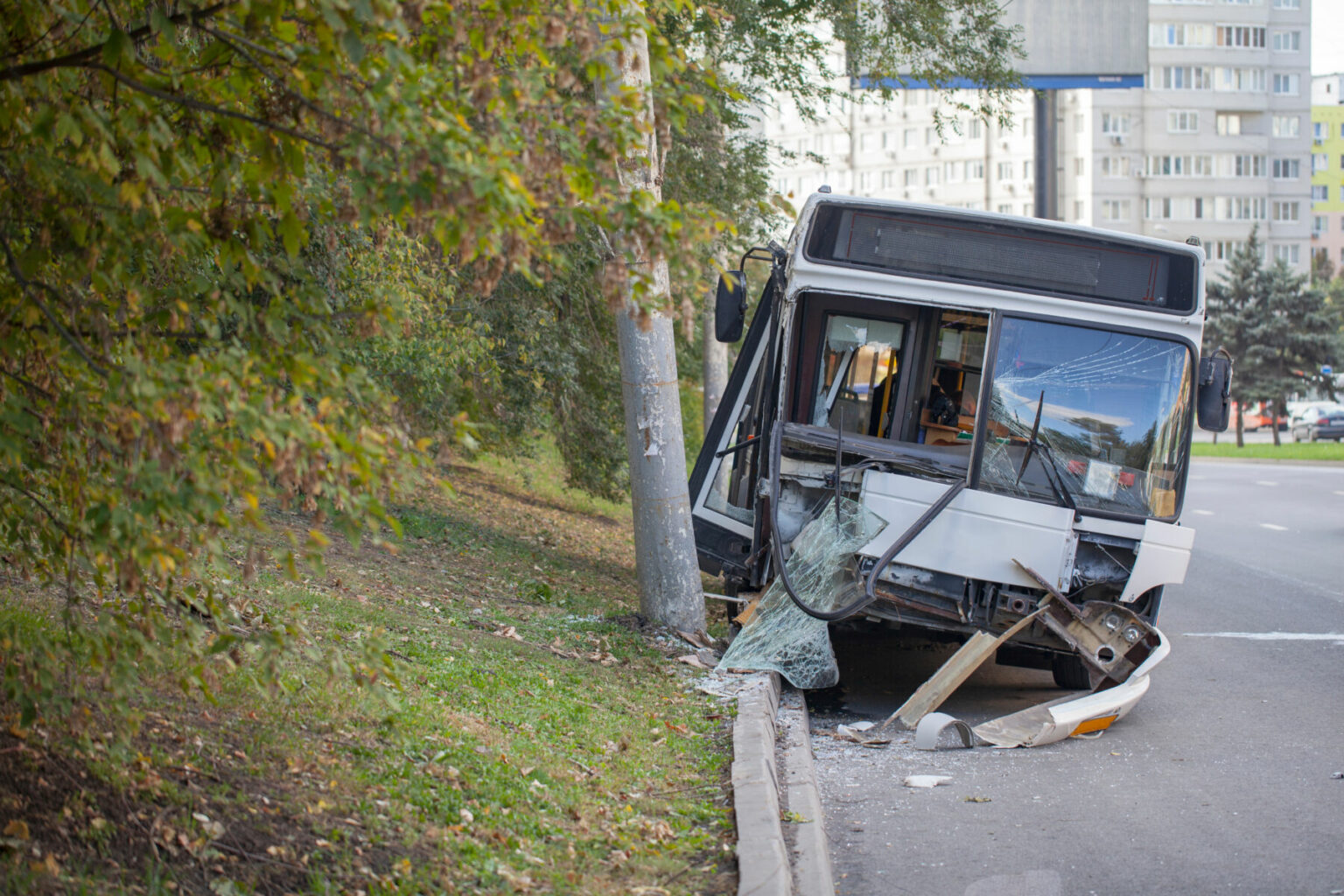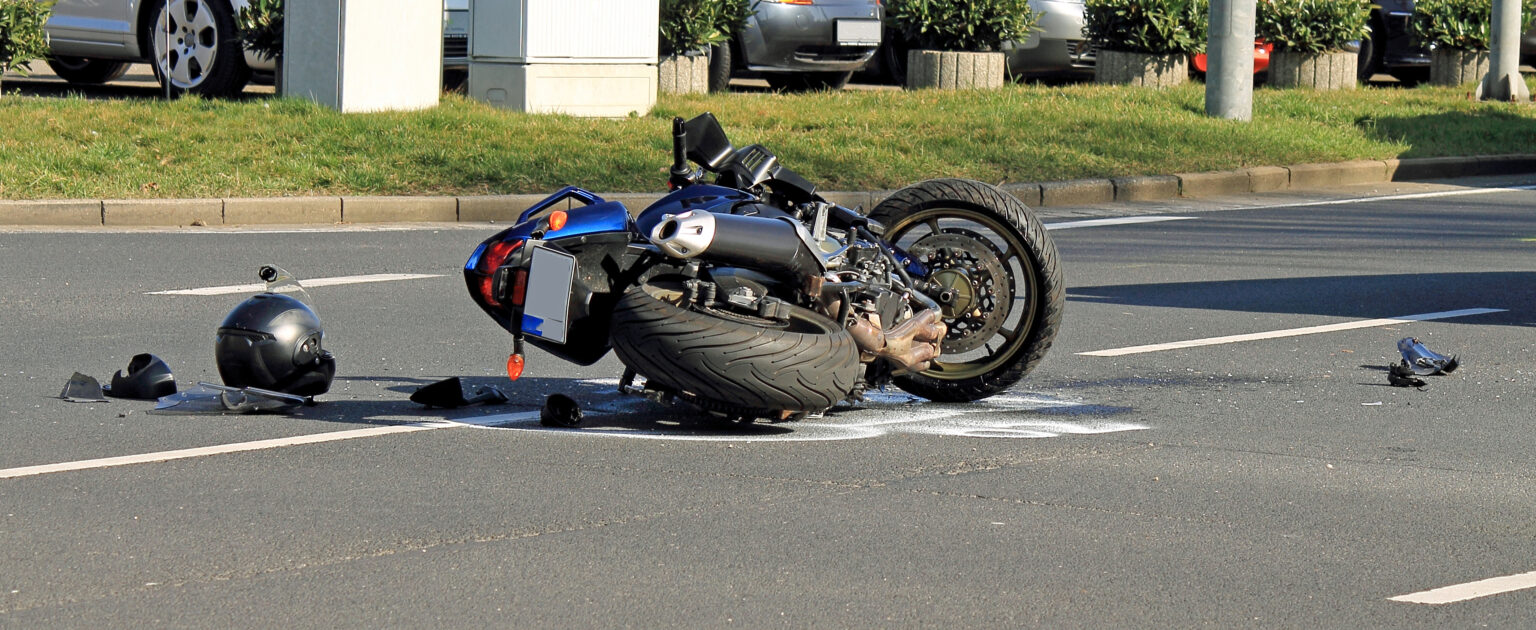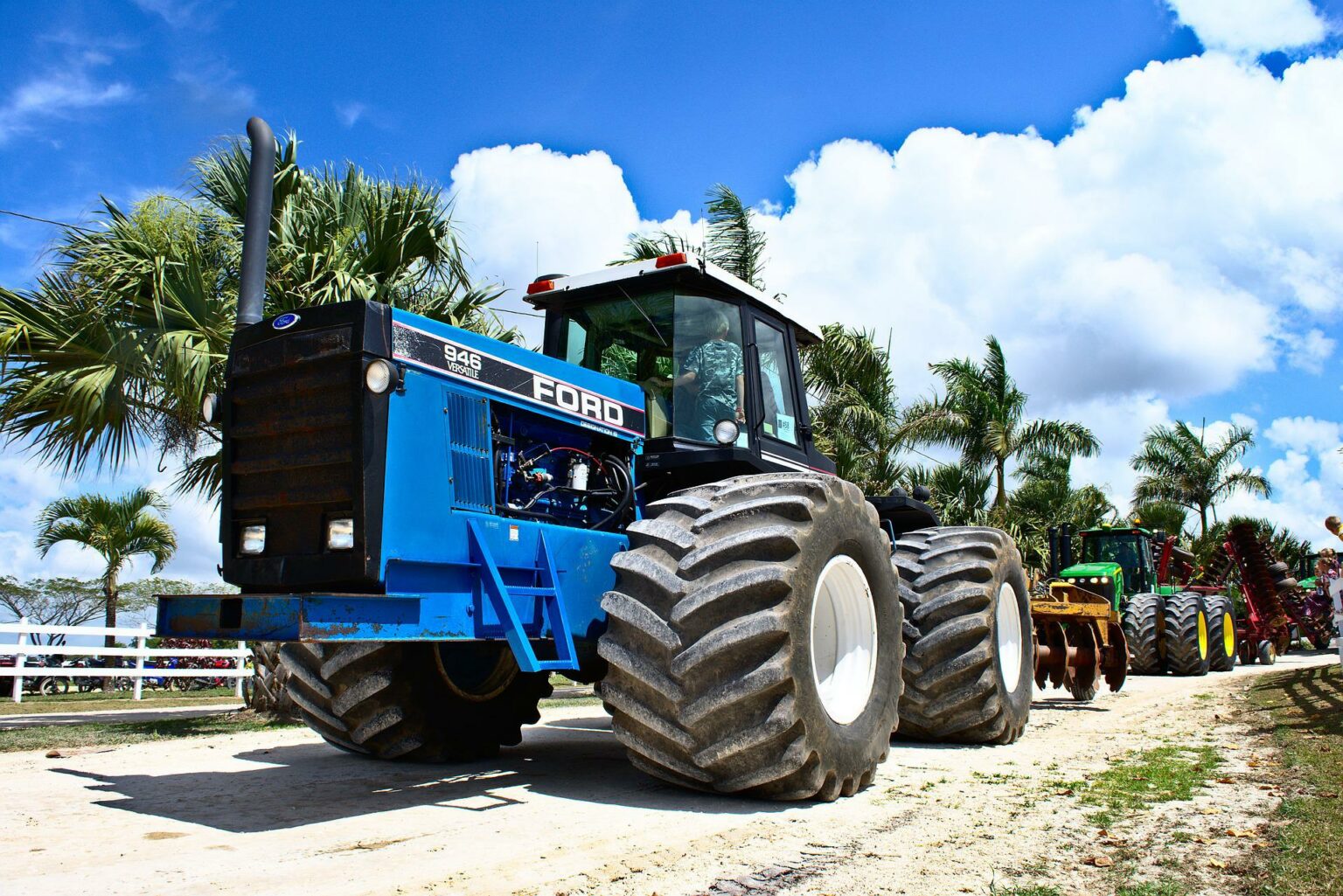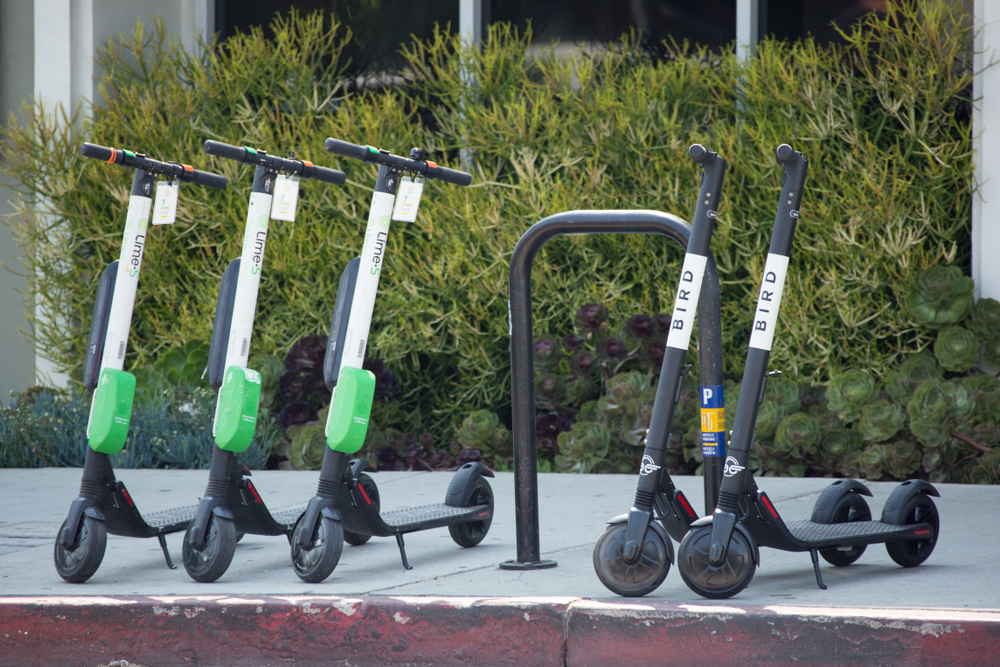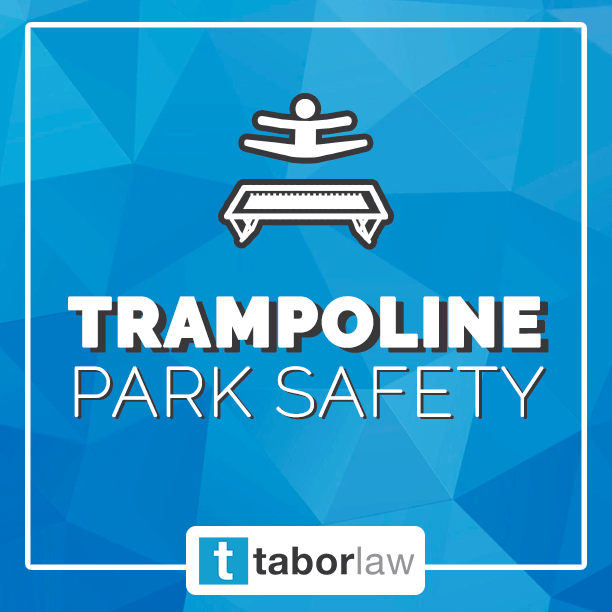
In 2018, there were over 800 trampoline parks in the United States. It’s no surprise that the rate of occurrences of injuries at these facilities has grown even more than the facilities themselves. Fewer than a dozen states currently have regulations specific to trampoline parks.
If you’ve never been to a trampoline park, it typically resembles a gymnasium with wall-to-wall trampolines, bordered by padding. The areas between the trampolines are covered in padding, although jumpers landing on these padded areas can still sustain injuries. Foam pits are often another feature in the trampoline area, and have their own safety risks depending on whether they are of adequate depth and using the appropriate amount and type of foam material. Additional attractions like ninja courses, hanging nets, trapeze, foam obstacles, and others may be incorporated into the park and carry their own standard of care.
Injuries at trampoline parks range from minor sprains and bruises, dislocated joints, fractures and broken bones, and in more severe incidents, spinal cord injuries, traumatic brain injuries (TBIs), and death. According to a study done by the American Academy of Pediatrics, the number of trampoline park related emergency room visits increased from 581 in 2010 to 6,932 in 2014, with the average injured person being 13 years old and predominantly male. At the time of the study, the International Association of Trampoline Parks reported 281 trampoline parks in the US. That equates to an average of 24.6 injuries per park in 2014, or 2 injuries per park per month that lead to an ER visit.
There are a number of different ways that injuries at trampoline parks can occur, but the two major categories are those caused by patron interaction with equipment, and patrons interacting with other patrons. In this blog, Dr. Laura Miele-Pascoe discusses the surge of injuries being reported from trampoline park patrons and the current standard of care for trampoline park operators and attendants which, when followed, can reduce the risk of patron injury.
Patron vs. Equipment Injuries
In the case of patron vs equipment, proper supervision and coaching of patrons on safe equipment use and jumping methods is critically important for injury prevention. For example, many injuries occur from patrons landing on the padding over the springs on the frame of a trampoline. While padding provides a certain amount of attenuation and assists in the cushioning of the landing, it does not eliminate the risk of injury.
Park operators are responsible for maintaining and regularly inspecting these areas to check for any popped springs or compromised components. ASTM 2970 standard should be reviewed to ensure that nettings, padding, redundant beds, and barriers are installed and utilized properly. Following the manufacturer’s recommendations is the first step for trampoline park owners to ensure that all equipment is in good repair and functioning safely.
Daily inspections should also be carried out, following a checklist. Documentation and proper record keeping will allow owners and staff to know what maintenance has been done. An inspection should be performed daily before the park opens, and at least once a week beneath the trampoline beds, depending on manufacturer recommendations. Further specific inspections should be implemented at varying times as specified by the manufacturers.
Patron vs. Patron Injuries
When patrons are injured through interaction with another patron, the supervision practices of the facility may be called into question. Injuries can result from a patron jumping erratically and hitting/crashing into other patrons, or a patron landing on another patron.
Aside from interceding when a mishap occurs, attendants are responsible for observing the safe use of all areas and obstacles by patrons and taking appropriate preventative action if behavior between patrons or with the equipment becomes hazardous. Factors that should be considered are the number of people using the equipment in relation to the size of the space, and the ages of the patrons. In child-only zones, the supervising attendant must ensure that no parents or adolescents enter the area as this can create an unsafe and dangerous condition for both the older patron and the young children.
Supervision Responsibilities of Trainers & Management
Successful trampoline park operation depends upon thorough hiring, employee orientation, and training practices. Properly orientating employees will not only assist in risk management, but also in injury reduction. Supervision of a trampoline park facility requires qualified personnel to oversee all activity areas and ensure the proper use of equipment. Supervisors must move about the floor and assist attendants in any capacity necessary. Particular care is required in the supervision of attendants to recognize ineffective or unsafe practices that may require prompt intervention.
Trampoline park attendants should be trained on the safety of all attractions within the facility, such as ninja courses and all attractions within the park. In addition, a manager or supervisor on duty should be available to monitor the park at all times: walking the floor, supervising the flow of patrons to ensure the courts are not overloaded, and checking that onlookers or spectators do not obstruct the view of the court attendants.
To maximize the attentiveness and responsiveness of the trampoline park attendants, they should be rotated every 30 minutes. This can be executed with a whistle blow and a five minute freeze time. A brief ‘freeze time’ allows the court attendants to get situated at their stations and gives them time to exchange valuable information about the potential behavior challenges of participants. A proper rotation will leave no gaps in coverage.
While on duty, trampoline park attendants should be constantly scanning their area for hazards and never turn their back to the area they are supervising. The area to which each supervising attendant is assigned should contain only one activity type, for example a single attendant should not be supervising patrons both on trampolines and on a dodge ball court. For foam pits and trampoline air bag pits, each must have a minimum of one dedicated court attendant per area.
Signage with warnings and instructions that is positioned in a highly visible area is essential for informing patrons of the rules and risks of using the park. An informative video can also assist with patrons understanding proper behavior when engaging in park activities. This will also serve to reinforce the authority of the supervising attendants.
Dr. Laura Miele-Pascoe is an expert in fitness, sport and recreation with specific expertise in sports psychology, personal training, fitness facilities management/operations, and injury prevention. She is an accomplished athlete as well as an experienced trainer, coach and teacher. Dr. Miele has trained gymnasts for over 10 years and is USA Gymnastics certified in risk management and safety, tumbling and trampoline developmental coaching. She is a Level 2 Certified Service Technician (CST-2) through the International Association of Trampoline Parks, and is a member of the ASTM F24.61 – (F-2970) Trampoline Court Task Group.









